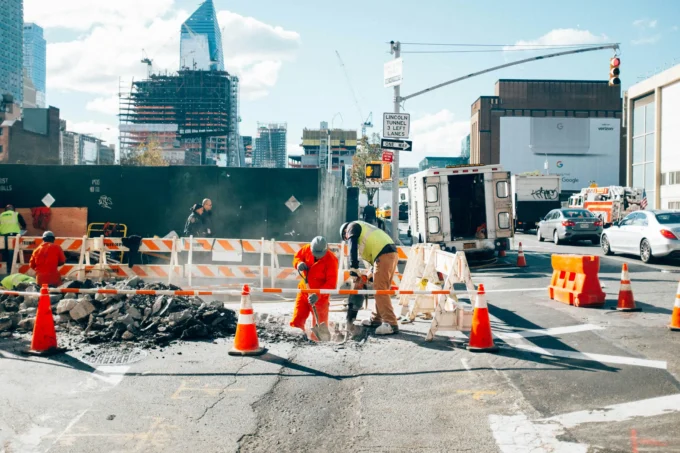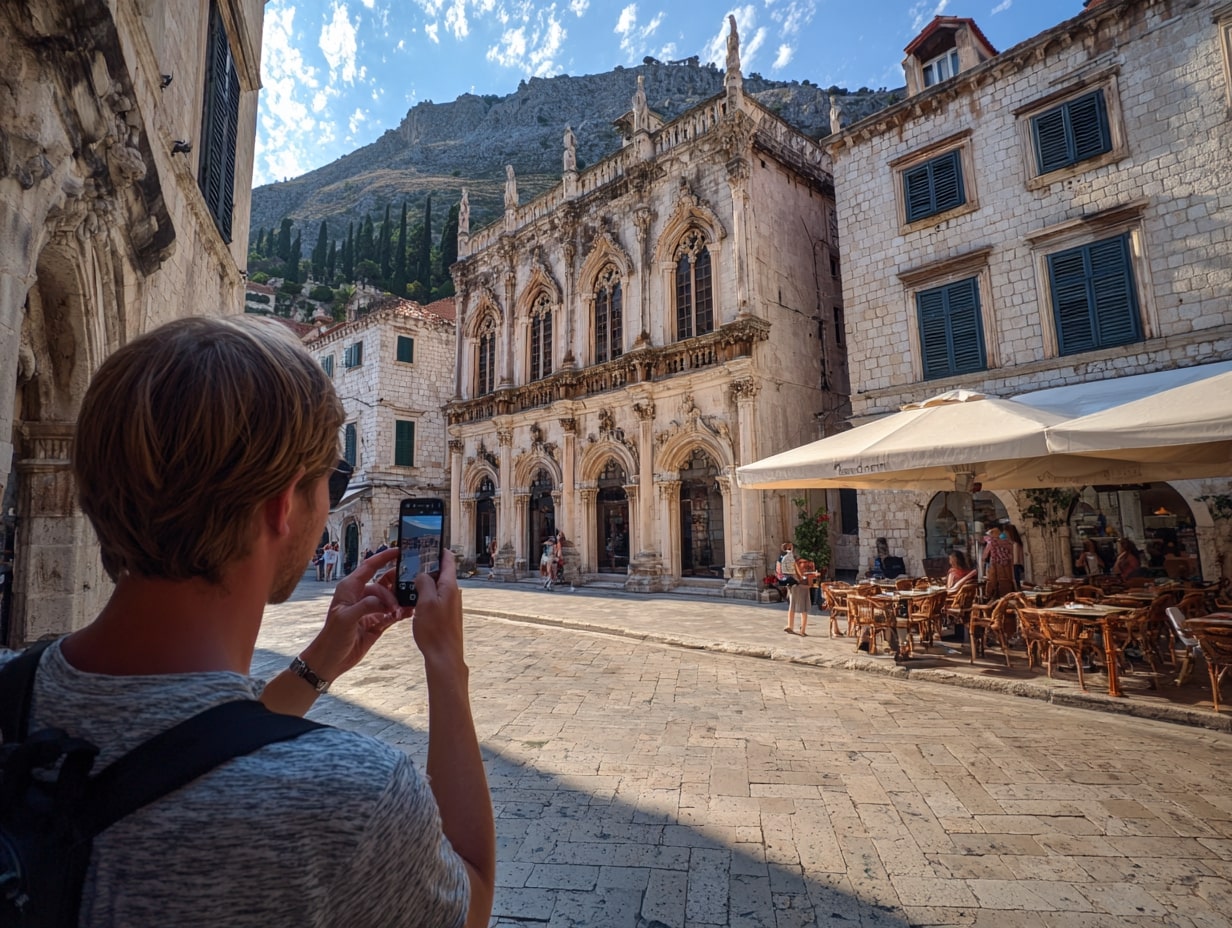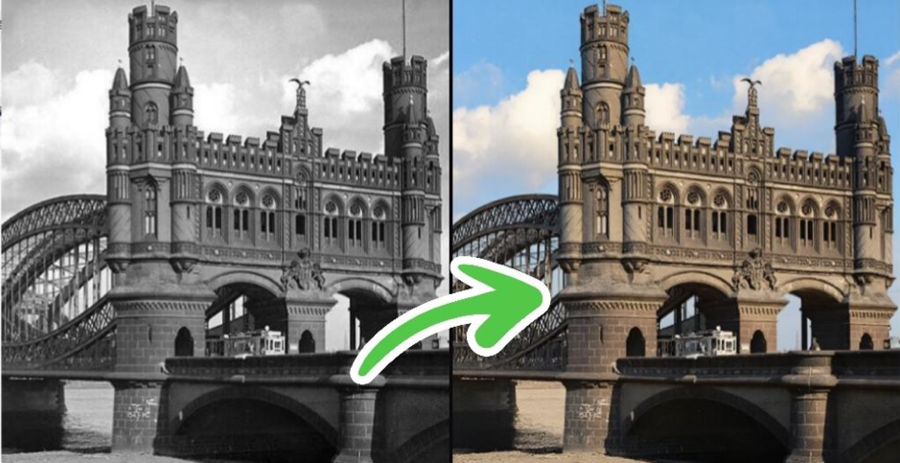- Home
- Articles
- Architectural Portfolio
- Architectral Presentation
- Inspirational Stories
- Architecture News
- Visualization
- BIM Industry
- Facade Design
- Parametric Design
- Career
- Landscape Architecture
- Construction
- Artificial Intelligence
- Sketching
- Design Softwares
- Diagrams
- Writing
- Architectural Tips
- Sustainability
- Courses
- Concept
- Technology
- History & Heritage
- Future of Architecture
- Guides & How-To
- Art & Culture
- Projects
- Interior Design
- Competitions
- Jobs
- Store
- Tools
- More
- Home
- Articles
- Architectural Portfolio
- Architectral Presentation
- Inspirational Stories
- Architecture News
- Visualization
- BIM Industry
- Facade Design
- Parametric Design
- Career
- Landscape Architecture
- Construction
- Artificial Intelligence
- Sketching
- Design Softwares
- Diagrams
- Writing
- Architectural Tips
- Sustainability
- Courses
- Concept
- Technology
- History & Heritage
- Future of Architecture
- Guides & How-To
- Art & Culture
- Projects
- Interior Design
- Competitions
- Jobs
- Store
- Tools
- More
Unlocking the Art of Architectural Photography: Techniques, Tips, and Equipment Guide
Explore the captivating world of architectural photography in our latest article. Discover how this art form transcends mere building images, telling powerful stories about design and space. Learn key techniques to enhance your skills, from mastering composition and lighting to selecting the right equipment.

Architectural photography is more than just capturing buildings; it’s about telling a story through design and space. We’ve all marveled at stunning structures that evoke emotion and inspire creativity. This genre of photography allows us to explore the intricate details and grand designs that shape our environments.
In our digital age, where visuals dominate, the importance of architectural photography has surged. It plays a crucial role in marketing real estate, showcasing the artistry of architects, and preserving the essence of our built heritage. Whether we’re photographing a sleek modern skyscraper or a charming historical home, each shot provides a unique perspective on the world around us. Join us as we delve into the techniques and tips that can elevate our architectural photography skills and help us capture the beauty of structures like never before.

Table of Contents
ToggleOverview of Architectural Photography
Architectural photography captures the essence of buildings and structures, emphasizing their form, function, and design. This genre of photography transcends simple imagery, aiming to evoke emotion and convey a narrative. Each photograph represents a unique story, transforming space into a visual experience.
Architectural photography plays a critical role in various sectors. For real estate marketing, high-quality images attract potential buyers, showcasing properties effectively. Historic documentation preserves architectural heritage, highlighting significant designs for future generations.
We rely on several techniques to enhance our architectural photography skills. Using natural light enhances details, while understanding composition creates harmony within the frame. Planning locations and angles ensures each shot captures the intended perspective, emphasizing the structure’s unique features.
Access to professional-grade equipment also elevates the quality of our work. Cameras with wide-angle lenses offer expansive views, while tripods provide stability for long exposures. Post-processing techniques further refine images, bringing out colors and contrasts that highlight the beauty of architecture.
By mastering architectural photography, we contribute to the appreciation of design and encourage creativity.
Key Techniques in Architectural Photography
Our success in architectural photography hinges on mastering several key techniques. Each technique enhances our ability to capture structures with precision and artistry.

Composition and Framing
We emphasize the importance of composition in architectural photography. Employing the rule of thirds helps create balanced images, directing viewers’ eyes toward focal points. Including leading lines, such as pathways or edges of buildings, draws attention and adds depth. Framing subjects with nearby elements, like trees or archways, creates context and emphasizes architectural features. We position ourselves at different angles to find striking perspectives, allowing us to tell a more engaging story through our photographs.
Use of Lighting
We recognize that lighting significantly impacts the mood and clarity of our photographs. Natural light often offers the best dynamic range. Capturing images during golden hour—shortly after sunrise or before sunset—produces warm tones and soft shadows that enhance architectural details. We also use shadows intentionally, creating contrast and highlighting textures. For indoor shots, we blend ambient light with artificial sources to maintain color accuracy and avoid harsh highlights.
Understanding Perspective
We understand perspective plays a crucial role in how we present buildings. Leveraging unique vantage points allows us to reveal the scale and relationships between features. Using a tilt-shift lens helps reduce distortion, maintaining straight lines and proper proportions. We explore both high and low angles to find the most impactful viewpoints, supporting our aim to portray every structure authentically. Adjusting our positioning adapts to the architecture, ensuring our photographs reflect its true character.
Equipment for Architectural Photography
Selecting the right equipment is essential for achieving high-quality architectural photographs. We focus on specific tools that enhance our capabilities in capturing the essence of structures.

Cameras and Lenses
Investing in a camera with excellent resolution and dynamic range is crucial for architectural photography. We recommend using a full-frame DSLR or mirrorless camera for versatility and quality.
Utilizing wide-angle lenses, typically ranging from 16mm to 35mm, allows us to capture expansive scenes and unique perspectives. These lenses help convey the scale of buildings while maintaining sharpness throughout the frame.
Tilt-shift lenses also offer significant advantages, as they enable precise control over perspective and distortion. Using them ensures the vertical lines in structures remain straight, avoiding the “keystoning” effect.
Tripods and Stabilization Tools
Using a sturdy tripod enhances stability, especially in low-light conditions or when capturing long exposures. We suggest a tripod with adjustable height and a ball head for optimal flexibility.
Employing stabilization tools, like clamps or spirit levels, ensures that our composition remains level and allows for clearer images. These tools contribute significantly to precise framing, essential for architectural photography.
Incorporating these essential equipment elements enhances our architectural photography, providing us with the tools necessary to create striking visual narratives.
Post-Processing Tips
Post-processing transforms our architectural images, enhancing their visual appeal and accuracy. We can employ various techniques and software to achieve polished results.

Editing Software Recommendations
- Adobe Lightroom: Ideal for adjusting exposure, contrast, and color balance, offering user-friendly tools for batch processing.
- Adobe Photoshop: Excellent for detailed edits, including removing distractions, correcting lens distortion, and applying advanced filters.
- Capture One: Known for its exceptional color grading capabilities and tethering functions, beneficial for professional architectural photography.
- Affinity Photo: Cost-effective software offering powerful editing tools and high-resolution output suitable for architectural images.
- Luminar: Features AI-driven enhancements to streamline editing while providing creative filters that can elevate our architectural photos.
Techniques for Enhancing Images
- Correct Lens Distortions: Use software to correct any distortion that may occur during shooting, ensuring straight lines appear natural.
- Adjust Exposure Levels: Fine-tune exposure to highlight intricate details in shadows and highlights, creating a balanced image.
- Enhance Colors: Boost colors selectively to enhance the vibrancy of materials like brick or glass without overwhelming the image.
- Sharpen Details: Apply subtle sharpening to architectural features, bringing out textures while avoiding over-sharpening artifacts.
- Crop Strategically: Crop images to focus on essential elements, improving composition and drawing viewers’ attention to key architectural details.
- Use Presets: Create or explore presets that cater to architectural photography, providing a consistent aesthetic across images and saving editing time.
By implementing these post-processing techniques and software, we can elevate our architectural photography, ensuring our images effectively communicate the beauty and intricacy of design.
Conclusion
Architectural photography serves as a crucial link between design and storytelling. We recognize its power to evoke emotion and inspire creativity within the realm of architecture. By showcasing the intricate details and unique narratives of structures, we amplify the appreciation for architectural heritage and its role in marketing real estate.
Improving our architectural photography skills involves applying effective techniques. We prioritize natural light, master composition through the rule of thirds and leading lines, and explore distinctive perspectives to emphasize a building’s features. Understanding light quality enhances mood and depth, particularly during golden hour. Utilizing tilt-shift lenses allows for proper proportions and elevates the visual representation of scale, while robust equipment ensures stability and clarity.
Selecting the proper equipment significantly impacts the quality of our images. We recommend full-frame DSLR or mirrorless cameras paired with wide-angle (16mm to 35mm) and tilt-shift lenses for capturing expansive scenes without distortion. A sturdy tripod is essential for low-light situations, along with accessories to achieve precise framing.
Lastly, post-processing plays an integral role in refining our images to elevate their visual impact. Software such as Adobe Lightroom and Photoshop aids in exposure and color adjustments, while Capture One and Luminar provide advanced editing options. By correcting distortions and enhancing details, we create images that effectively convey the beauty of architectural design. Mastering these elements ultimately deepens our understanding and appreciation of architecture, spurring our creativity and passion in the field.
- architectural photography composition
- architectural photography equipment
- architectural photography for beginners
- architectural photography guide
- architectural photography ideas
- architectural photography lens
- architectural photography lighting
- architectural photography settings
- architectural photography techniques
- architectural photography tips
- Architectural photography tutorials
- architectural photography workshops
- best camera for architectural photography
- editing architectural photos
- exterior architectural photography
- how to photograph architecture
- interior architectural photography
- perspective in architectural photography
- professional architectural photography
- urban architectural photography
Submit your architectural projects
Follow these steps for submission your project. Submission FormLatest Posts
Famous Architectural Photographers You Should Know
Famous architectural photographers you should know—Stoller to Baan. Learn their styles, what...
How to Restore Old Photos of Historical Buildings with AI Tools
Introduction To restore old photos is essential since these contain invaluable memories,...
From Las Vegas to Rome: A Visual Journey by Iwan Baan at Princeton University
The Princeton University School of Architecture presents “From Las Vegas to Rome”...
Essential Tips and Techniques for Stunning Architectural Model Photography
Discover the art of architectural model photography, where precision meets creativity. Learn...











Leave a comment